Ham vs Pork What’s The Difference And Why Does It Matter? Black Bark BBQ

Ham Vs Pork What’s The Difference, And Why Does It Matter? Bro BBQ
Pork shoulder is made from the front legs. Ham is typically a bigger cut of meat just because of where it sits on the animal's body. And the pork should is typically smaller. Ham is wider and pork shoulder typically is flatter. Because of this, ham usually is more expensive than pork shoulder because ham is usually preferred.

Ham vs Pork What's The Difference, and Why Does It Matter? • BBQ Host
The main difference between pork and ham is that pork refers to the meat from pigs, while ham specifically comes from the hind leg of the pig. Additionally, ham is often cured or smoked, giving it a unique flavor. Can pork be used interchangeably with ham in recipes? While pork and ham come from the same animal, they have different flavors and.

What’s the Difference Between Ham and Pork?
The GrillingDad Answer: Pork and ham, while both originating from a pig, are two different cuts of meat. Pork is any meat originating from a pig, but it includes cuts like shoulder, loin, and belly. Ham is a specific cut of pork that is usually preserved to enhance its flavor and shelf life. Ham and pork are two inexpensive types of meat that.
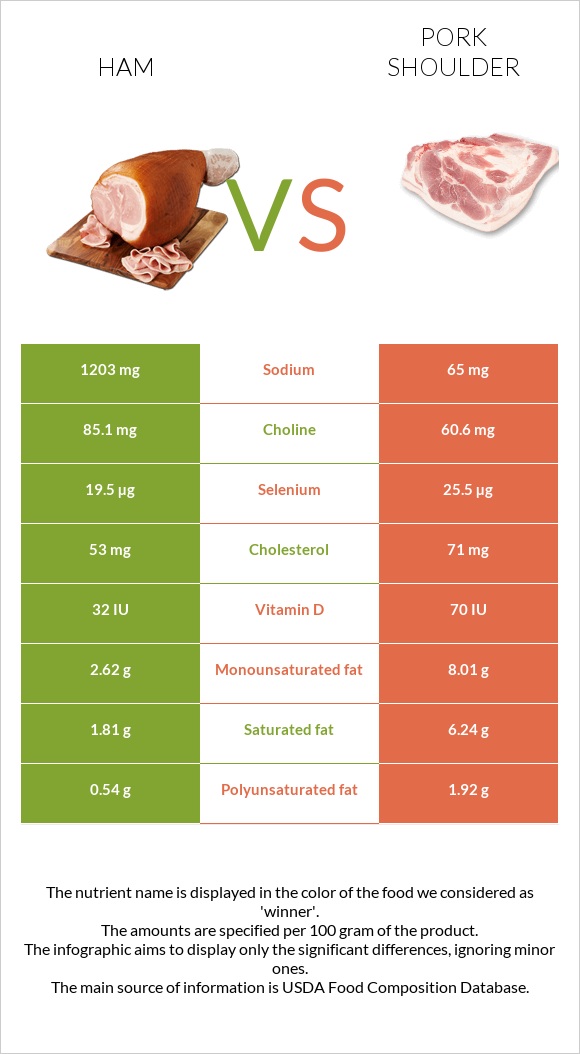
Ham vs. Pork shoulder — InDepth Nutrition Comparison
Ham refers to a specific cut from the pig that comes from the thighs, while pork refers to any cut from the pig. Broiled pork loin contains more fats and 100 more calories than cured roasted ham. However, ham contains about 19 times more sodium . Both pork loin and ham contain high levels of B complex vitamins, but pork loin contains slightly.
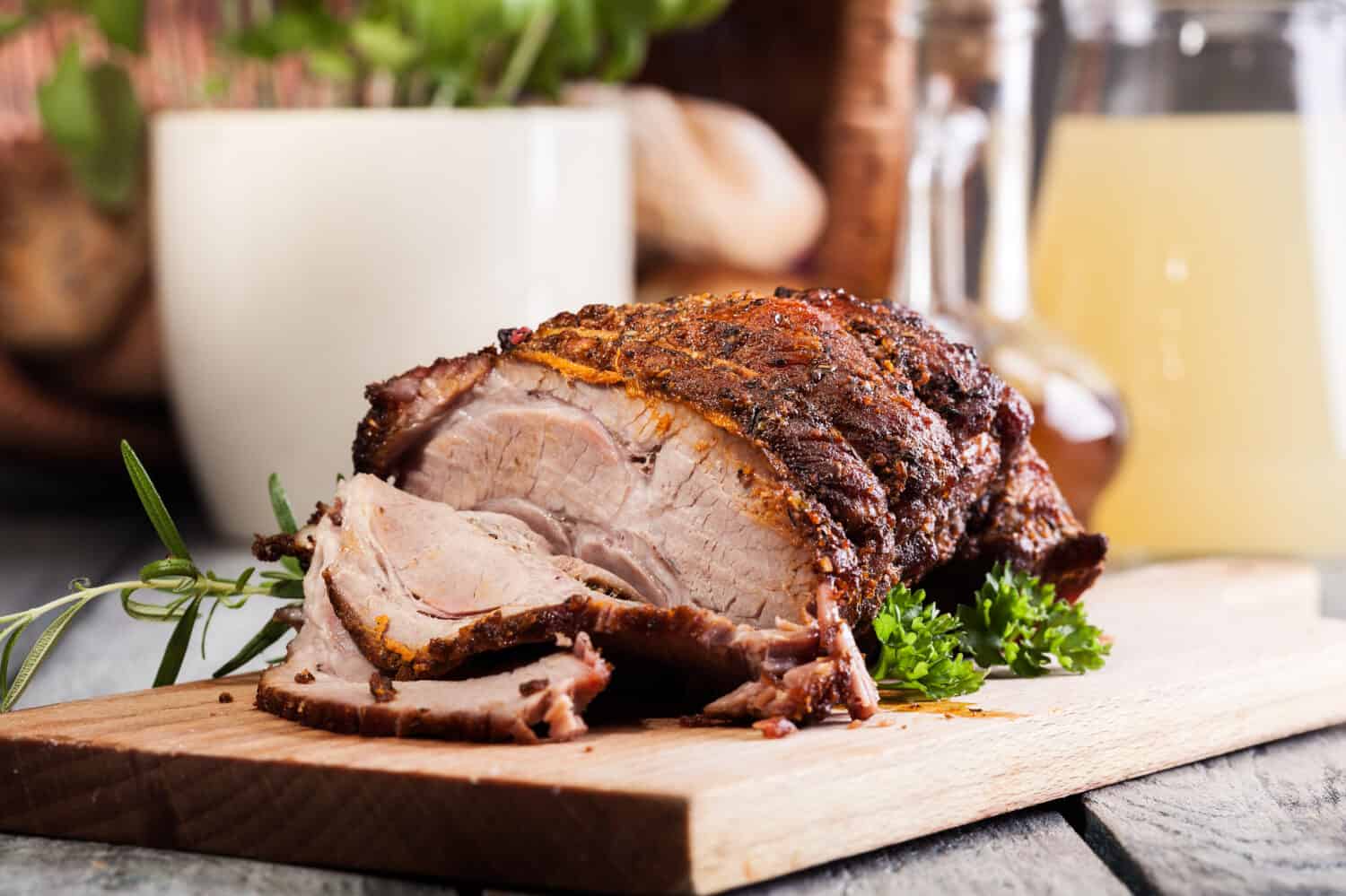
Ham vs. Pork Differences, Nutritional Values, and Cooking Methods
The main difference between a pork roast and a ham is the way the meat is cut and prepared for cooking. A pork roast is a large, solid cut of meat that is typically roasted in the oven. A ham, on the other hand, is a cured and smoked cut of pork that is often cooked in a variety of ways, including roasting, baking, and grilling.

Ham Vs Pork What’s The Difference, And Why Does It Matter? Grill Charms
Pork is the culinary name for meat that comes from pigs, while ham specifically refers to the hind leg of the pig that has been preserved through curing, smoking, or salting. Pork encompasses all cuts of meat that come from pigs, including the shoulder, loin, belly, and more. These cuts can be prepared and cooked in a variety of ways, such as.
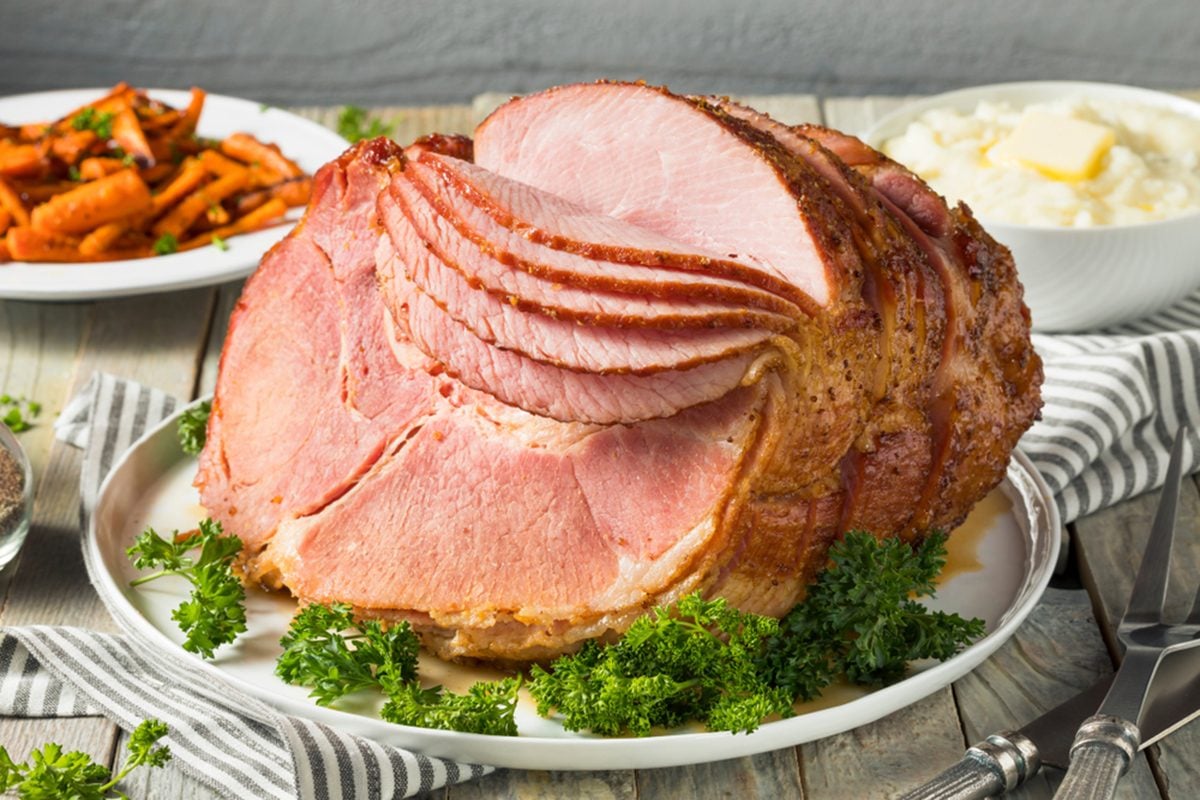
Boneless, BoneIn and Spiral Ham What's the Difference? Taste of Home
One of the most noticeable differences between ham and pork is the color. Pork is usually light pink, while ham ranges from pink to deep red. This is because ham is made from pork that has been cured, smoked, or both. Curing involves adding salt and other seasonings to the meat, which can affect the color.

Wet Cure Canadian Bacon Recipe Besto Blog
Pork provides a mild flavor, especially in its original state. This makes it a great base for various marinades, sauces, and rubs. The leaner the cut of pork (such as pork tenderloin), the milder the flavor, whereas the fattier cuts offer a much richer flavor. On the other hand, ham provides a smoky and salty taste.
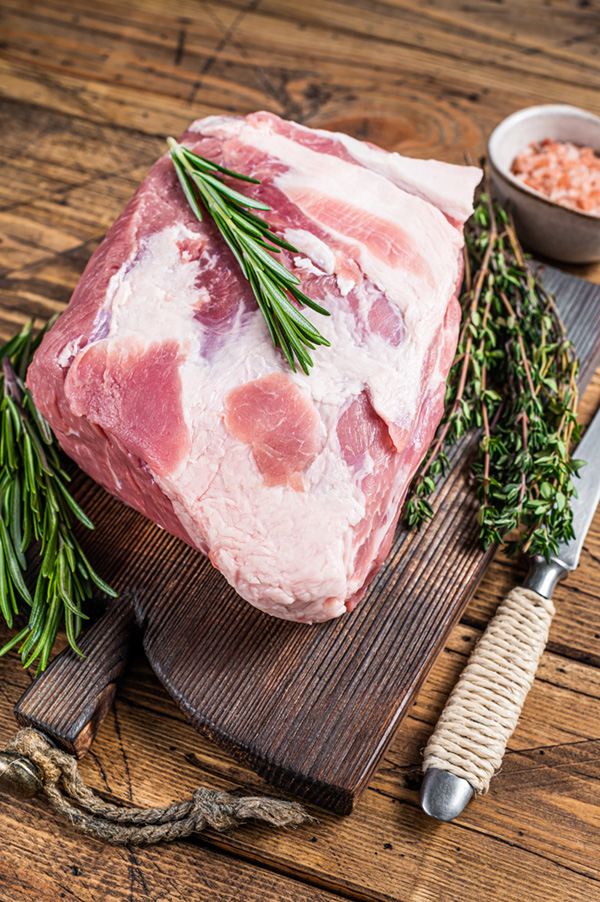
Difference Between Ham and Pork CookThink
The primary difference between ham and pork is the way they are prepared. Pork can be cooked and consumed fresh, while ham undergoes a preservation process that gives it a distinct flavor and texture. Additionally, ham is often sliced and served cold, while pork is typically served in a variety of cuts and cooked in different ways.

What is difference between pork ham and bacon? Kintoa Ham
Ham is a specific cut of the pork meat from the pig's thighs. It's usually cured and salted. Hams are available in a ready-to-eat form. Meanwhile, pork is raw meat, ready-to-be-cooked, and can be from any part of a domesticated pig. Pork has many different applications. It can be used to cook foods like sausage, bacon and pulled pork.

Ham Vs Pork What’s The Difference, And Why Does It Matter? Bro BBQ
Pork is the uncured meat from a pig. Ham, bacon and gammon are pork cuts that have been cured in some way, such as salting, brining or smoking. The shoulder, belly and loin of pork are used to make bacon, and the leg of pork is used for hams. Now we will look at each type of meat in more detail to explain how they differ.

Ham vs Pork What's The Difference, and Why Does It Matter? • BBQ Host
Ham is a cured cut of pork. Elena Veselova/Shutterstock. According to the USDA, "ham" refers explicitly to a leg of pork cured with salt, brine, sodium nitrate, or other seasonings. Cured hams are.
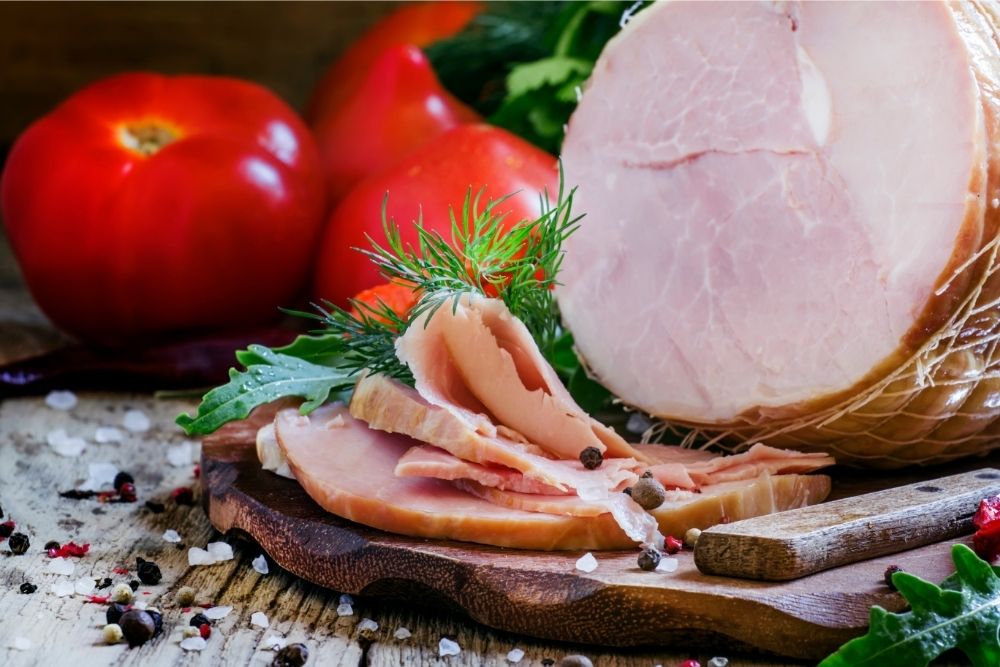
Ham vs Pork What’s The Difference And Why Does It Matter? Black Bark BBQ
The main difference between pork shoulder and ham is in the cut of meat. Pork shoulder comes from the upper part of the pig's front leg, while ham comes from the back leg. This difference also affects the texture and flavor of these cuts. Pork shoulder has more connective tissue, resulting in a tougher texture that is best suited for slow.

Ham vs Pork What’s The Difference And Why Does It Matter? Black Bark BBQ
Ham is often served as a standalone dish, while pork can be used in stews, roasts, and other recipes. Additionally, ham is often served cold, while pork is typically cooked and served hot. Overall, while ham and pork have some similarities, there are also some key differences that set them apart.

Going The Whole Hog Understanding Ham Vs Pork
Pork and ham have distinct characteristics in terms of source, flavor and intended consumption. Ham is from the pig's hind leg while pork is any meat from pigs. Ham has a unique salty, sweet or smoky flavor, depending on the preservation process; pork does not have this unique flavor. Ham is ready-to-eat because it was processed already while.

Ham Vs Pork What’s The Difference, And Why Does It Matter? Bro BBQ
Fresh pork should have a pinkish color and firm texture, while fresh ham should also have a pink hue with a firm and slightly moist appearance. Any signs of discoloration, odd smells, or sliminess may indicate spoilage. 8.